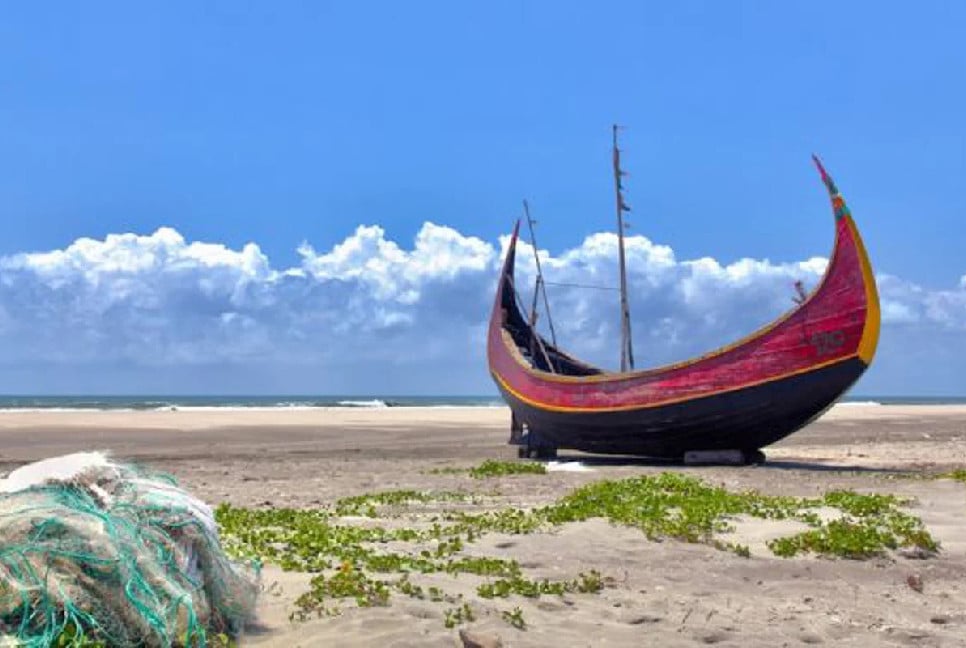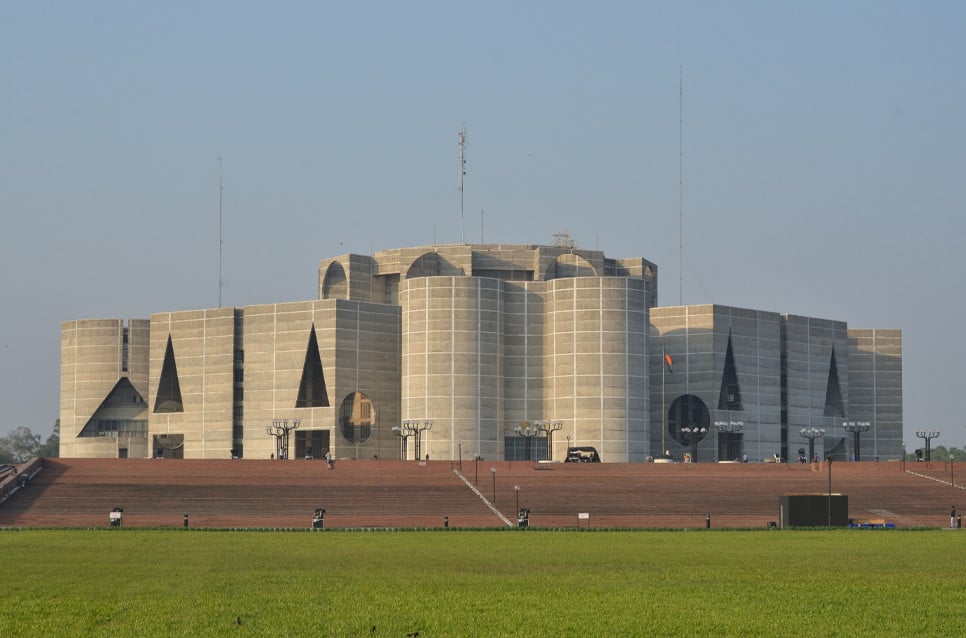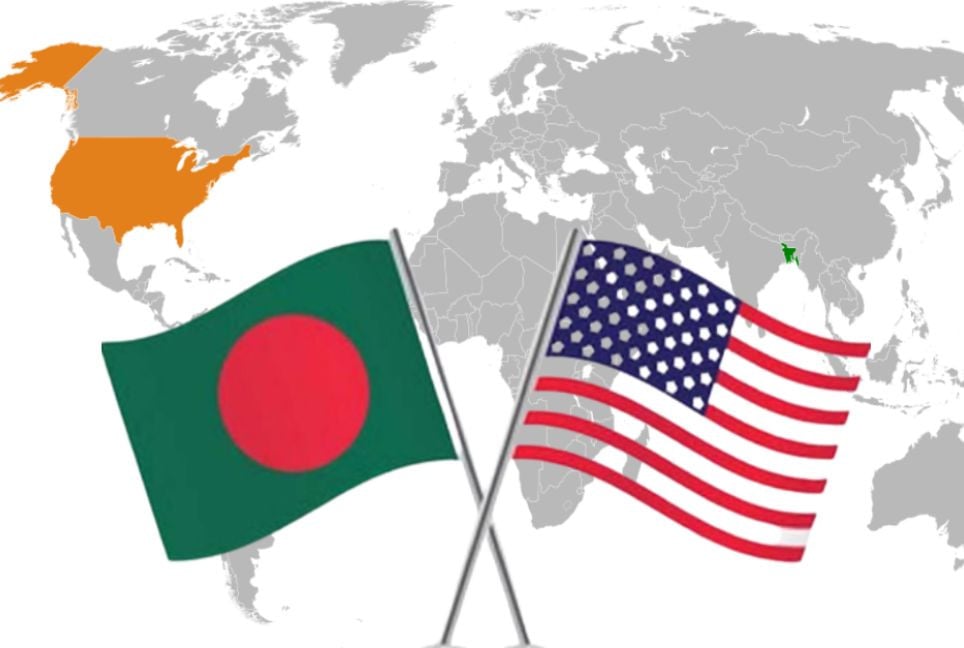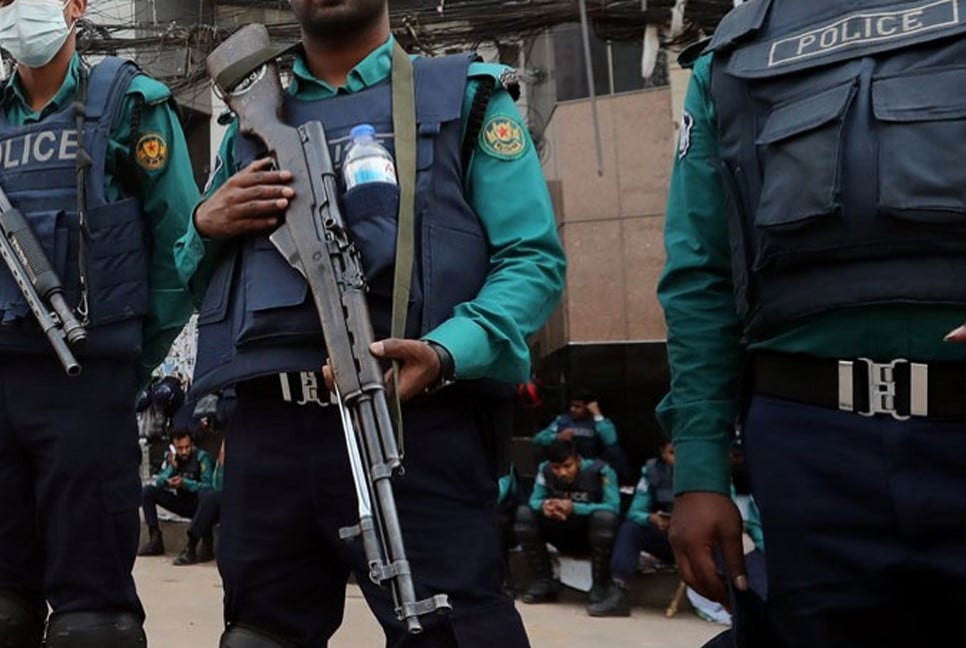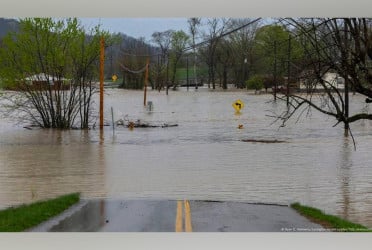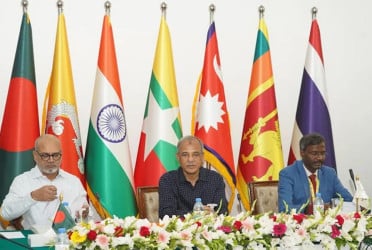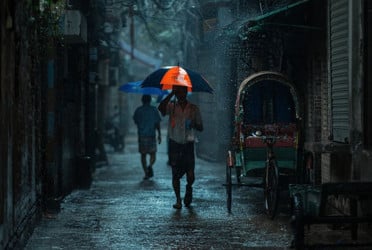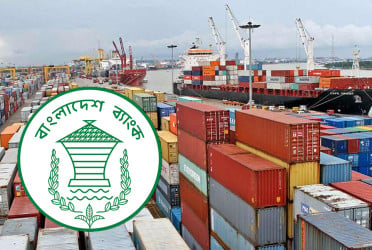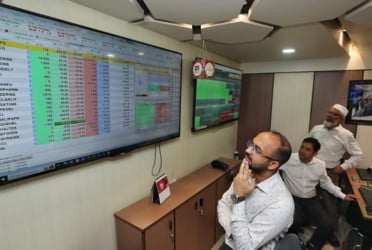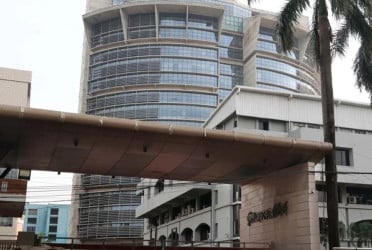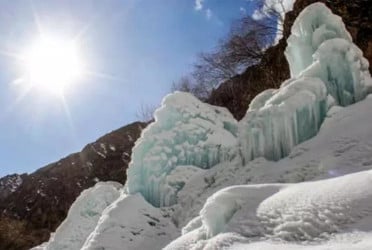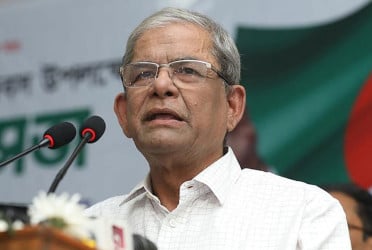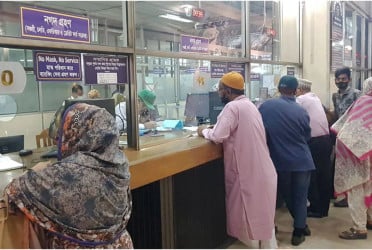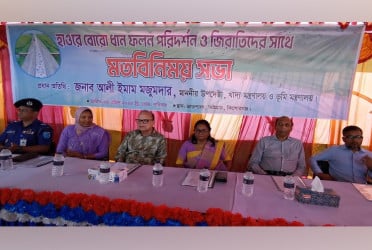Cox's Bazar is the world's longest sea beach. Despite its immense potential, it has not become an appealing site for foreign tourists. It had the opportunity to be as captivating as Brazil's Praia do Cassino or Australia’s Ninety Mile Beach. Out of its 75 miles or 120 kilometers of shoreline, only four kilometers have been developed into vibrant spots for local tourists. However, with a grand master plan focusing on the harmonious blend of hills and sea, Cox's Bazar could become a global tourist destination. The influx of foreign tourists could drive the overall economy forward.
Besides the beach, Cox's Bazar also offers blessings in the form of islands like Saint Martin’s, Maheshkhali, Kutubdia, and Sonadia, which stand tall in the sea. While Saint Martin’s Island has managed to form a minor connection with tourists, the other three islands still remain virtually unknown. Additionally, several mangrove forests are scattered near the sea, along with historical landmarks and settlements of diverse ethnic groups. All in all, the way Nature has adorned Cox's Bazar with breathtaking beauty is rare indeed. However, due to the absence of a grand master plan, not even a fraction of its beauty has been revealed, leaving the rest hidden in obscurity.
A field visit across various areas of Cox's Bazar revealed that lack of coordination among government agencies has held back the district’s tourism sector. No comprehensive master plan has been undertaken to establish it as a hub for local and foreign tourists. Instead, poor beach management, reluctance of new investors, lack of foreign tourist interest, and inadequate entertainment facilities have left the tourism town in jeopardy.
Tourism officials and experts noted that although Cox’s Bazar spans 120 kilometers, tourism development is concentrated in only three and a half to four kilometers. The beauty of the remaining 116 kilometers remains largely unnoticed by tourists, as no master plan has been drafted by the government. Despite having over 550 hotels, motels, and restaurants, there is a lack of additional entertainment facilities. Due to poor planning and investment crises, even moderately standard shopping malls are missing, let alone world-class ones. Unlike the Maldives or Sri Lanka, no major eco-resorts or luxury cruises have been developed.
Experts suggest that to make a tourist spot attractive for foreigners, essential facilities and a proper management system must be ensured, including cineplexes, amusement parks, theme parks, sea cruises, luxury yachts, specialized shopping malls, exclusive tourist zones, zones dedicated to foreigners, and extensive credit card and currency exchange services.
Sources tell that the Cox’s Bazar Hotel Motel Guest House Owners' Association once submitted 13 proposals to the late tourism adviser AF Hassan Ariff for improving Cox Bazar's tourism sector. Among them was a proposal to declare a section of Sonadia Island as a day beach for sunbathing to attract foreign tourists. However, bureaucratic hurdles remain a significant barrier to investment in Cox’s Bazar. Local and foreign investors are hesitant to invest in Cox’s Bazar. To make an investment here, approvals must be obtained from at least 16 to 18 government offices. Experts recommend introducing incentive programs and a ‘one-stop service’ for investors to simplify the process.
The Cox's Bazar Development Authority(CoxDA) was established in 2016 through legislation. The goal was to transform the 690.67 square kilometers, including the beach, into a modern and planned city for tourists. However, the authority has yet to officially take charge of the beach or deliver a master plan.
In December 2022, a Tk174.72 crore survey project was approved by the planning commission to draft a master plan, encompassing a detailed area plan (DAP) and structural planning for eight upazilas. The survey is expected to conclude by June 2025, with the military's Construction Supervision Consultant overseeing the project.
Regarding this, CoxDA urban planner Md Tanvir Hasan Rezaul, stated, "The master plan will be finalized by July next year. If all ministries and departments follow this plan properly, the tourism sector will flourish."
Cox’s Bazar Deputy Commissioner Mohammad Salahuddin said, "Around 450,000–500,000 tourists visit Cox’s Bazar weekly. Ensuring safety for the tourists, cleaning the beach area, and providing civic amenities are important issues. Our workers and cleaners are regularly cleaning and maintaining the beach. Besides the tourist police, beach workers assist visitors with information and safety."
He added that accommodations and beach trips alone cannot provide a complete tourist experience. Apart from Kolatoli, Sugandha, and Laboni points, there are many more historic and natural sites worth visiting. The administration is also developing a ‘Tourism App’ to help visitors plan their trips before arriving.
Mismanagement of Beach Facilities
The primary attraction of Cox’s Bazar is its beach. However, out of its 120 kilometers, only 3.5–4 kilometers—including Kolatoli, Sugandha, and Laboni beaches—have been developed. These are managed by the Beach Management Committee, chaired by the Deputy Commissioner of Cox’s Bazar.
From December 18 to 20, a thorough visit to the beach revealed that most of Sugandha Beach is occupied by makeshift structures. There are food hotels as well as a variety of shops. Walking across the sandy beach, one can spot stalls selling pickles, guavas, anar koli (local snacks), spicy puffed rice, and chotpoti (a popular street food)). The roar of the sea echoes in the ears, yet the view of the ocean is obscured by these floating shops. Further ahead, rows of wooden chairs and umbrellas cover the area where the waves meet the shore. Looking back toward the city one can see what a chaotic and unplanned city it really is.
Visitors often face relentless sales pitches from vendors selling various items or offering massages and photography services. This intrusion undermines the beautiful essence of this magnificent beach as tourists cannot fully enjoy its beauty.
At Sugandha Beach, Hasan Kabir, who came from Dhaka with his family, shared his thoughts. He said, "Whenever I get a chance, I keep coming back to Cox's Bazar. But the beaches lack any government control. The beauty of the beach is lost behind makeshift stalls. The entire area seems to be dominated by hawkers—one after another keeps approaching us. On top of that, there are countless stray dogs. My daughter gets scared whenever she sees them."
Riyad, a tourist from Chandpur, added, "Despite having the world's longest beach, we are failing to manage it properly. There is not even a visible plan in place. To attract more tourists, we should categorize the beaches into different sections. Some beaches can remain open to the public, while others should be reserved for foreigners. By preserving the natural beauty and promoting eco-tourism like in the Maldives and Sri Lanka, we can attract more foreign tourists."
He further emphasized, "Tourist safety must be prioritized. Additionally, specific areas should be marked with clear directions. Tourists should also be made aware that Cox's Bazar is not limited to just Kolatoli and Laboni Beach."
Waste Mismanagement
Unplanned waste management is ruining the beauty of the city and polluting the environment. Piles of garbage were spotted along the roadsides. On the way to Sugandha Beach, a heap of trash was seen in front of the Sea World Hotel. Tourists were seen covering their noses as they walked past. Even by 1 PM, municipal workers had not removed the waste. During a three-day visit to various tourist spots in Cox’s Bazar, these heaps of trash were observed repeatedly.
Standing near the Sea World Hotel, tourist Shariful Islam, an employee of a private organization shared his thoughts as he said, “A city for tourists should be kept clean and tidy. If heaps of garbage are visible in a tourist city, just like any other city, it does not leave a good impression on anyone.” He further added, “Garbage in various parts of the city must be cleared before dawn. Additionally, designated areas should be created for waste disposal.”
Sources revealed that garbage from different parts of Cox’s Bazar is dumped in an open space at Kusturi Ghat which is near Cox Bazar. A 595m. long PC Box Girder Bridge has been constructed over the Bakkhali River in Kusturi Ghat, opening new possibilities for tourism in the area. However, while one side of the bridge is covered with garbage piles, the other side features privately owned date palm gardens, fisheries projects, the Khurushkul Ashrayan Project, and Cox’s Bazar Wind Power Plant. Due to the piles of waste, tourists are rarely seen visiting scenic spots.
At Anderson Road near Kusturi Ghat, local resident Hanif spoke about the situation. He said, “All the waste from Cox’s Bazar is dumped at the garbage depot in Kusturi Ghat. As a result, there is always a foul smell in this area. Local residents are suffering from various health problems. Waste management should be handled swiftly, like in developed countries. Otherwise, one day this tourist city will turn into a giant garbage dump.”
Need domestic and foreign investments
Although Cox’s Bazar has several government and private hotels and motels, there is a noticeable lack of enthusiasm for domestic and foreign investments to add a new dimension to tourist entertainment. According to stakeholders, launching a new project requires 16 different approvals from government offices, which ultimately discourages project implementation.
Regarding this, former MP of Cox’s Bazar-3 constituency, Lutfur Rahman Kajal, said, “Private investment is essential alongside government efforts for the development of the tourism sector. However, domestic and foreign investors are reluctant to invest in Cox’s Bazar due to bureaucratic complications. If it takes visits to 16 departments to get a project approved, no one will feel encouraged. A one-stop service for investors should be introduced. Before that, CoxDA should release its master plan.”
Abul Kashem Sikder, President of the Hotel, Motel, and Guesthouse Owners’ Association, said, “To develop the tourism industry, it is crucial to launch a ‘one-stop service’ under the jurisdiction of the Cox’s Bazar Development Authority. Significant revenue cannot be generated in the tourism sector solely through hotels and beaches. Investments in other sectors of entertainment must also be increased.”
Former MP of Cox’s Bazar-4 constituency, Shahjahan Chowdhury, said “The tourism sector must be developed while protecting the environment. To increase tourism’s contribution to GDP, a collective effort is necessary. Opportunities for domestic and foreign investments must be created, and additional facilities must be provided to attract more tourists in Bangladesh.”
Source: Kaler Kantho
Translated by Rafid

